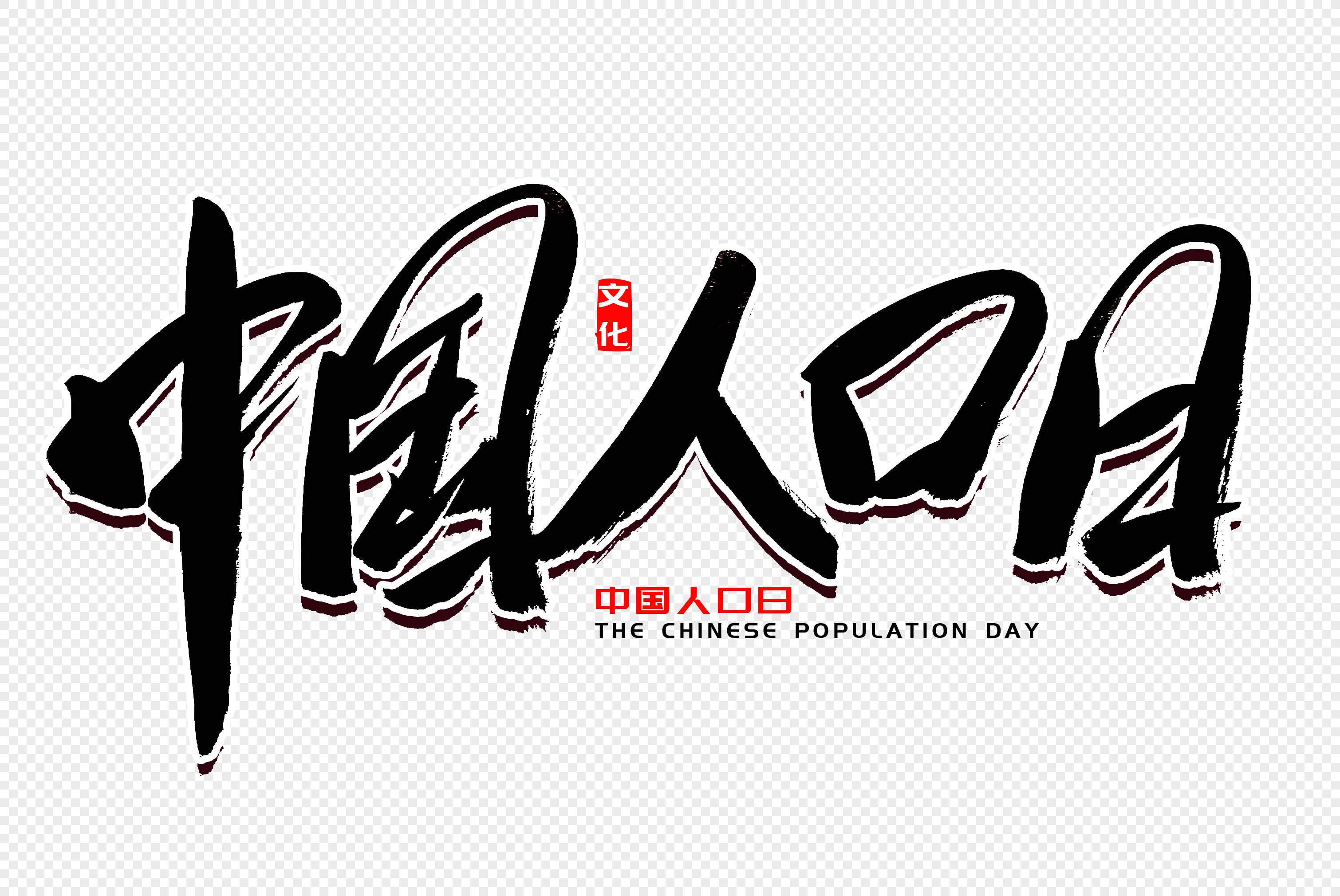


Arabic Malay was systematically Latinized since the 1930s, as part of a concerted effort to nationalize the Malay language and to promote its uptake among citizens whose mother tongue was other than Malay. With the twinned effect of colonialism and globalization, the Latin script became the scriptura franca in Malaysia. This interplay of scripts became especially dramatic when the Latin, for instance, was juxtaposed with Chinese characters, whose width is shorter than that of English words. On this signage, the Latin script, then used for English, was customarily condensed to attune to the morphology of Jawi (Arabic Malay), Chinese, and Tamil. Such shophouse signage prevailed between the nineteenth and mid-twentieth centuries and was particularly multilingual and multiscript due to the ethnically diverse population that had emerged as a result of migration and British colonialism. Multilingual signages at downtown Kuala Lumpur.


 0 kommentar(er)
0 kommentar(er)
